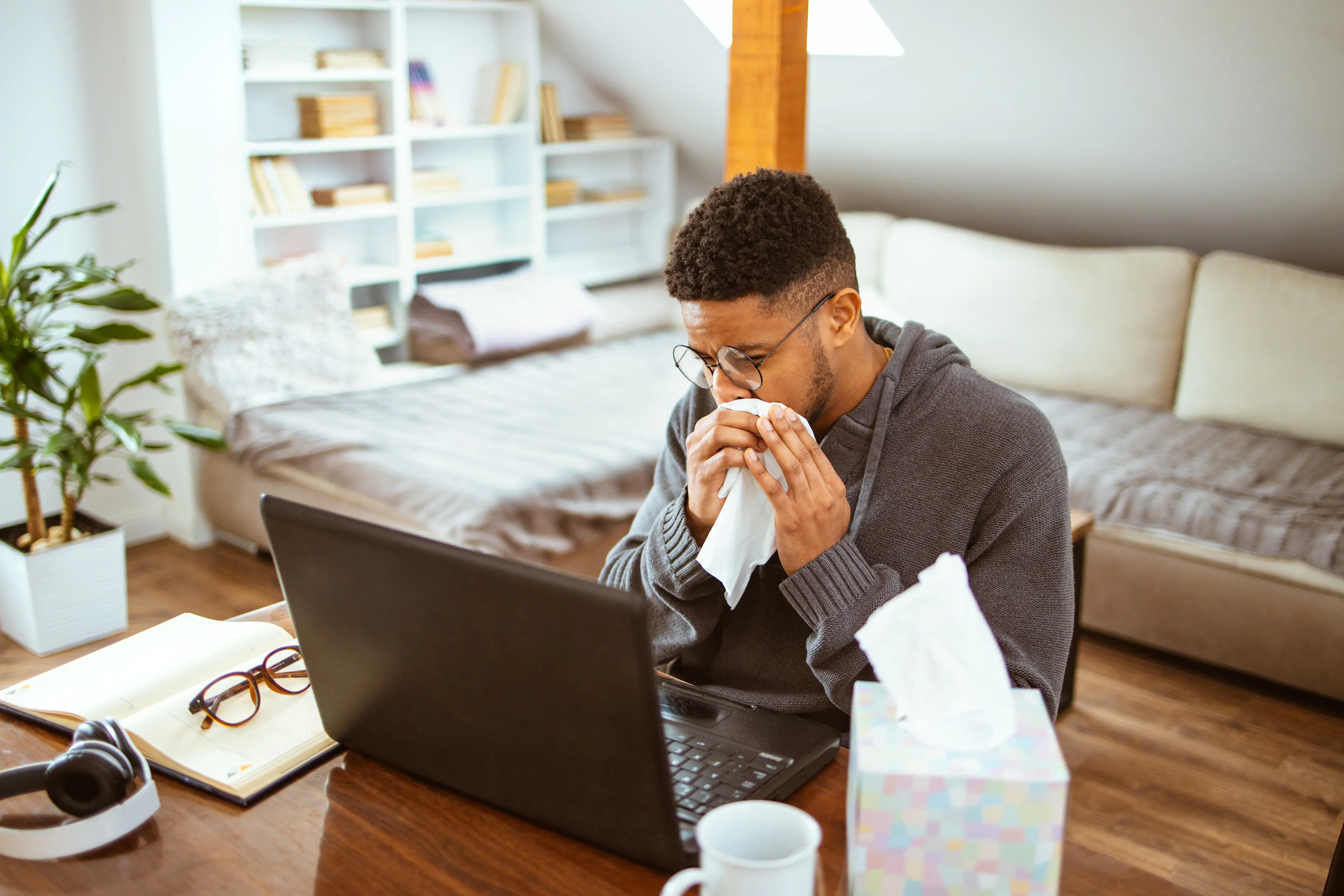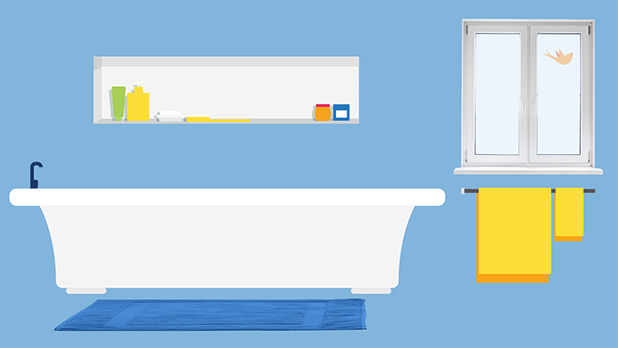1. What it is
Pet allergies stem from proteins contained in an animal’s dander, or dead skin cells, which flakes off regularly. Allergen-causing proteins can also be found in the saliva that sticks to your pet’s fur when it cleans itself.
2. When it is in season
Animal dander can cause an allergic reaction all year round but especially during the winter months when people spend more time indoors.
3. What to watch out for
Pet allergens can remain in the carpet and furniture, and can linger in the air for six months.
4. What to know
Find out what kinds of animals you’re allergic too. Cats are more likely to cause an allergic reaction than dogs.
5. What to do
Keep pets off upholstered furniture and carpets, and out of the bedroom
Bathe pets frequently to wash away trigger proteins, dander and pollen that may cling to their fur
Have someone without allergies brush pets outside
Ask someone without allergies to handle grooming and litter box chores
Choose low-pile carpets and steam-clean them regularly
Wear a dust mask to vacuum




